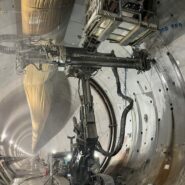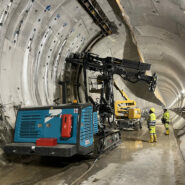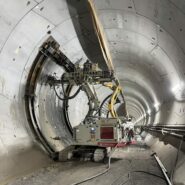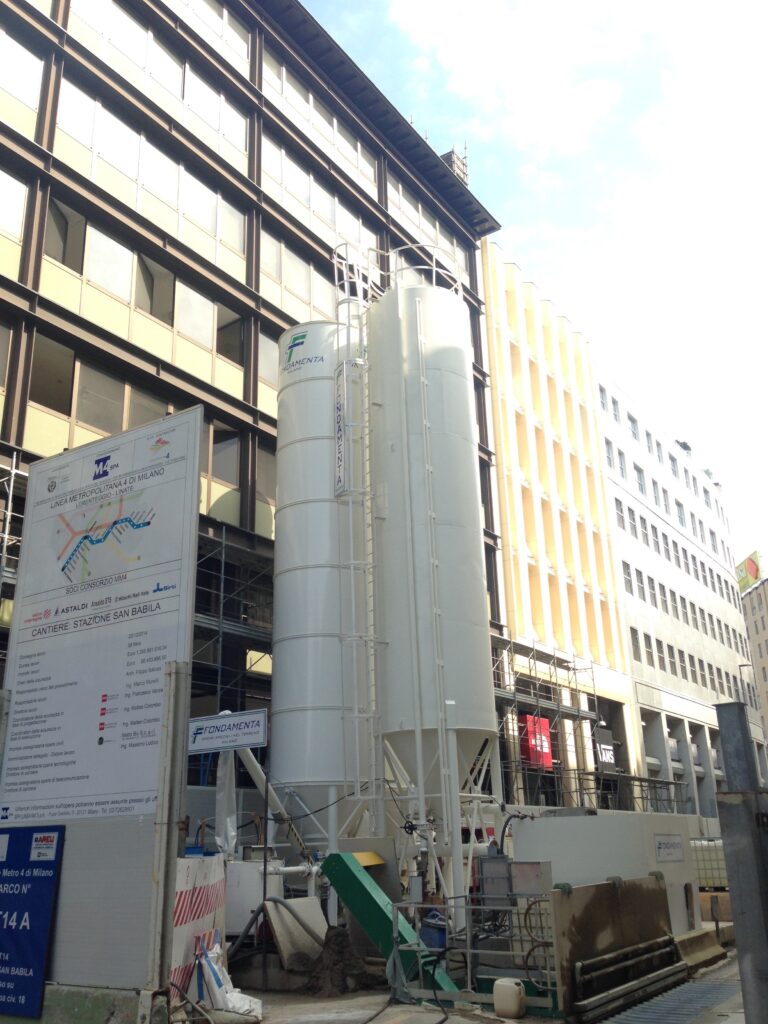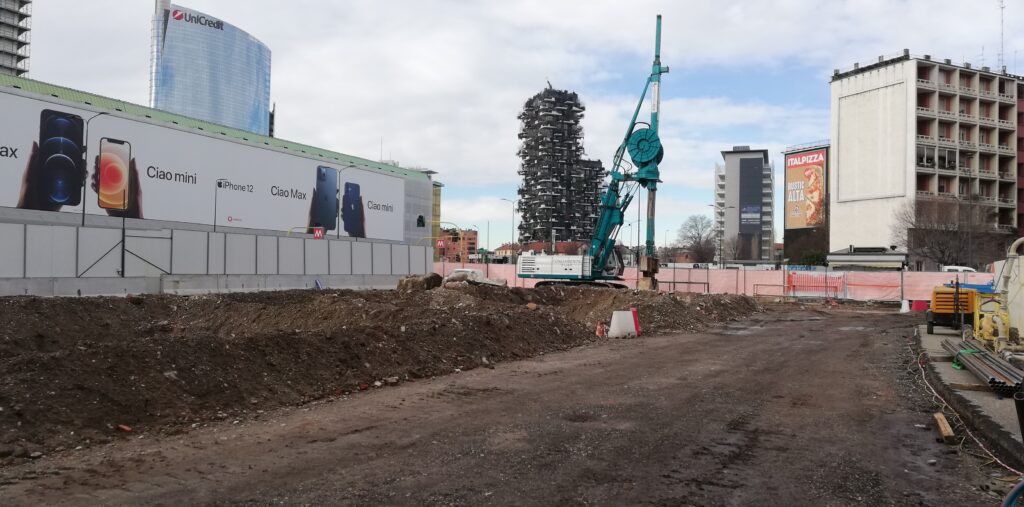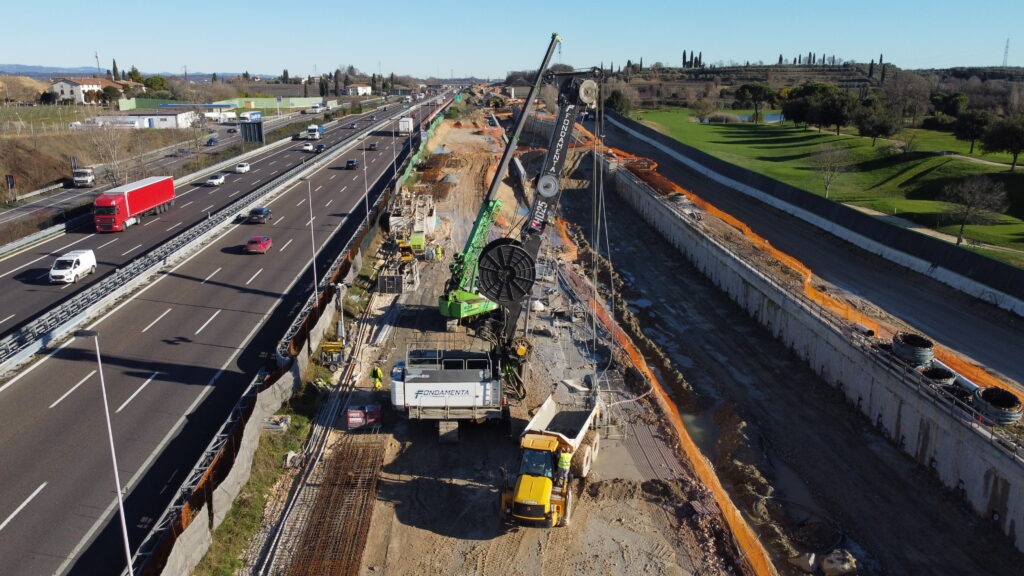Tunnel consolidation
Tunnel consolidation involves techniques to stabilize and reinforce the walls, crown, and invert of a tunnel during or after construction. This ensures safety, prevents collapses, water infiltration, and deformations, and extends the tunnel’s lifespan.
Types of Consolidation:
- Anchors and Tie Rods: Bars or nails inserted into the ground to stabilize tunnel walls.
- Consolidation Injections: Fill cavities or strengthen soil around the tunnel.
- Drainage Systems: Drain pipes to divert water and reduce hydrostatic pressure.
Applications:
- Road and Railway Tunnels: Ensure the safety and stability of transport infrastructures.
- Mining Tunnels: Prevent collapses and protect workers.
- Service Tunnels: For laying cables, pipes, and other underground infrastructures.
- Hydraulic Tunnels: For water transport or drainage.
Advantages:
- Safety: Improves stability, reducing the risk of collapses.
- Durability: Extends tunnel life, reducing maintenance needs.
- Adaptability: Techniques can be tailored to various geological conditions.
Limits:
- Cost: Can be expensive, especially in complex geological conditions.
- Technical Complexity: Requires specialized skills and advanced equipment.
- Time:Consolidation can be time-consuming, affecting construction or maintenance schedules.
Final Considerations:
Tunnel consolidation is essential for ensuring the stability and safety of underground structures, using reinforcement techniques, injections, and drainage systems to address geotechnical and structural challenges for long-term resilience.
Related projects
Are you interested in this service?
Contact us by filling the form.

